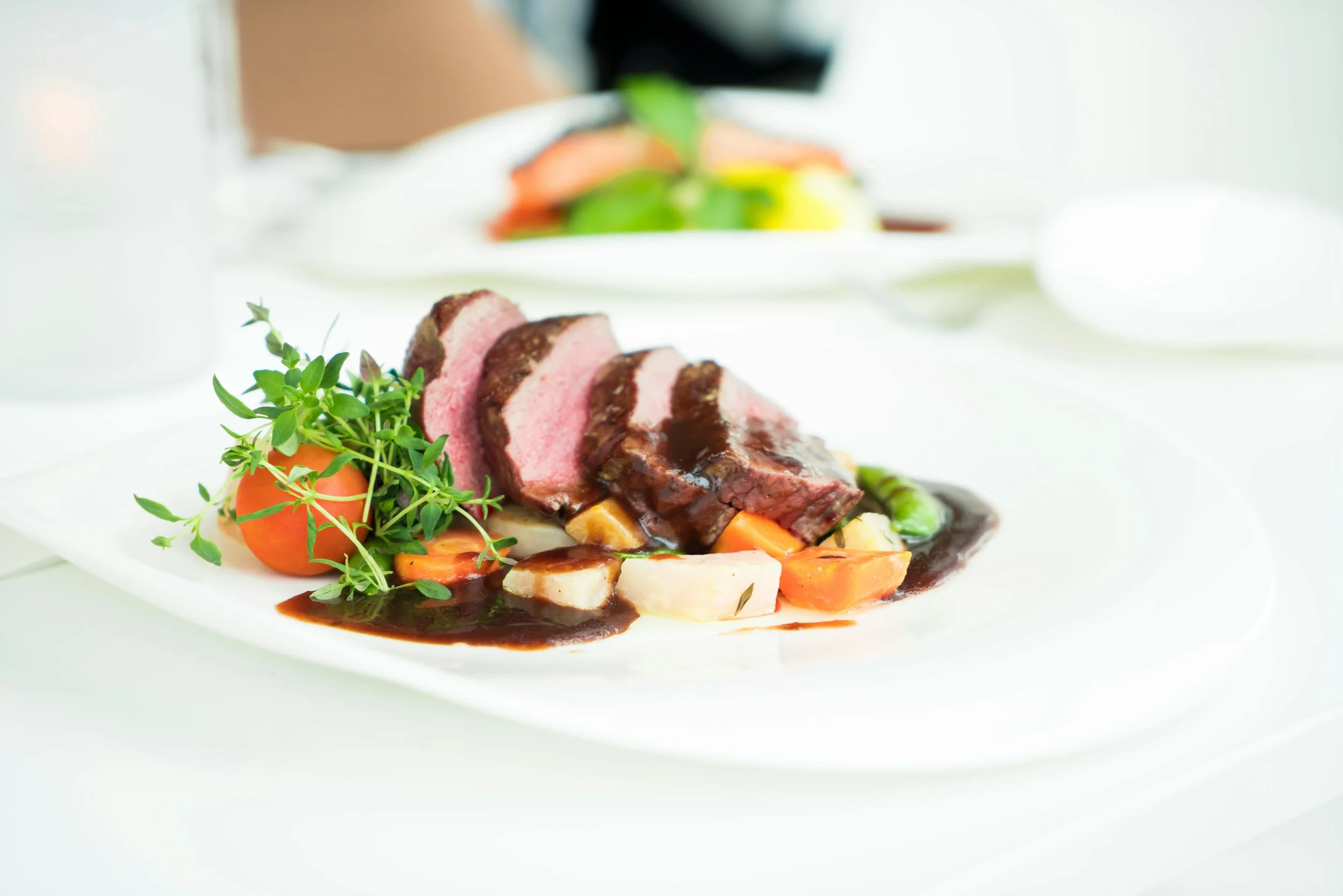Mastering consistency in Cooking : The essential role of the food Thermometer
Mastering Consistency in Cooking: The Essential Role of a Food Thermometer
Cooking is both an art and a science. One of the most critical tools that can help you achieve consistency and perfect results in your culinary endeavors is a food thermometer. Whether you're grilling a steak, roasting pork, or preparing delicious desserts, using a food thermometer ensures that your food is cooked to the precise temperature needed for optimal flavor and safety.
Why Use a Food Thermometer?
A food thermometer takes the guesswork out of cooking. By measuring the internal temperature of your food, you ensure that it has reached a safe temperature to kill harmful bacteria, as well as the desired doneness for your preferred taste. This is especially important for meats, poultry, and even desserts where precision can elevate your dish from good to great.
Cooking Temperatures for Steak
Here’s a breakdown of the temperature ranges for different steak doneness:
- **Blue Steak:** 115°F to 120°F (46°C to 49°C) - Very rare, cooked just enough to warm the outside.
- **Rare Steak:** 125°F to 130°F (52°C to 54°C) - Cool red center, very juicy.
- **Medium-Rare Steak:** 130°F to 135°F (54°C to 57°C) - Warm red center; the most preferred level of doneness for many steak enthusiasts.
- **Medium Steak:** 140°F to 145°F (60°C to 63°C) - Pink center with slightly firmer texture.
- **Medium-Well Steak:** 150°F to 155°F (65°C to 68°C) - Small amount of pink; beginning to dry out.
- **Well-Done Steak:** 160°F and above (71°C and above) - No pink remains; firm and can be dry.
Cooking Poultry and Pork
For poultry, it’s crucial to ensure it reaches the right temperature to prevent foodborne illness:
- **Chicken:** 165°F (74°C) - This is the safe internal temperature for all poultry products, including ground chicken.
When roasting pork, the target temperature is:
- **Pork Roast:** 145°F (63°C) - Allow it to rest for at least 5 minutes post-cooking. This resting phase helps the juices redistribute throughout the meat, enhancing juiciness and flavor.
Using a Food Thermometer in Desserts
A food thermometer is not only essential for meats but also for various desserts. When making:
- **Fudge:** The ideal temperature for achieving the correct consistency is around 235°F to 240°F (113°C to 116°C). This ensures a creamy and smooth texture.
- **Sauces:** Whether you are making caramel or chocolate sauces, using a thermometer helps you avoid overheating and allows you to achieve the desired texture.
Achieving Consistency with a Food Thermometer
Consistency in cooking requires practice and the right tools. A food thermometer is invaluable in achieving that consistency across a variety of dishes. By ensuring that your food reaches the exact temperatures needed, you can ensure not only fractionally better results but also safety in your meals.
Conclusion
At the Winchester Cookery School, we believe that understanding the science of cooking can empower home cooks and elevate their culinary skills. By incorporating a food thermometer into your kitchen toolkit, you can master the art of cooking with confidence. Whether you're grilling steaks, roasting meats, or preparing decadent desserts, accuracy is key to producing delicious and consistent results every time.
Happy cooking from Tasty Gary Bites, and may all your culinary adventures be successful and satisfying!


